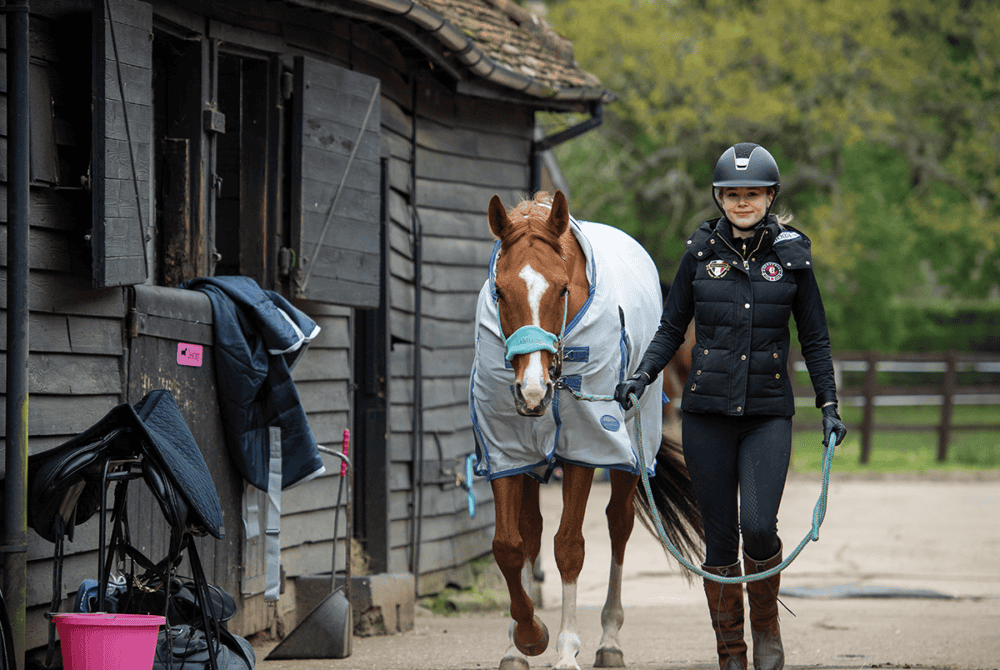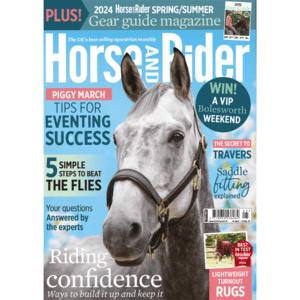Force of habit
Posted 11th April 2024
What are stereotypies and should you stop them? Dr Debbie Marsden has the answers

When you think about it, we ask our horses to live relatively unnatural lives. Instead of allowing them to roam freely as they would in the wild, we confine them in fields and stables, often with only one or two companions (selected by us and sometimes a source of frustration) as a replacement for a herd with its varied social interactions. Fortunately, the vast majority cope quite happily with this more restricted, yet safer, way of life. Some, however, do not and that’s when we might see behaviour developing that scientists call stereotypic.
Played on repeat
Stereotypy is the scientific term for any repetitive behaviour. In horses, the most common are crib-biting, windsucking, weaving and box walking, all of which used to be thought of as harmful and referred to as vices. We now understand them to be signs of sensitivity and reactions to particular situations to include feeling pain, frustration, excitement, pleasure and arousal.
What all these, apparently diverse, situations have in common is that they lead to stimulation of dopamine receptors in the brain. Some – such as crib-biting when eating tasty food – do this by increasing levels of beta-endorphins in the blood, which then stimulate dopamine release, with a resultant increase in sensitivity to it. Conversely, others, such as weaving when frustrated, affect dopamine production directly.
Did you know?
Dopamine is a neurotransmitter that plays a part in a number of body functions, most notably in the brain’s perception of pleasure, motivation and reward.
Associated behaviour
Given enough stimulation, any horse can develop a stereotypy, and it will relate to the particular behaviour being done at the time when the relevant brain stimulation reached a critical point.
Horses spend most of their time eating or moving, so the most common stereotypies relate in some way to these activities. This behaviour is then isolated from other actions normally seen at those times, looking bizarre on its own, especially when not associated with its triggers or goals.
For example, crib-biting horses perform only the end part of biting movements and the beginning of swallowing. Then, if the swallowing results in air intake, this is burped back out again, making the characteristic noise called windsucking.
Pacing stereotypies fit the stable they develop in, including any turns, looks over the door or steps over obstacles, and these can then look very odd if performed elsewhere.
Top tip
If your horse’s stereotypy is causing a problem, there are drugs your vet can prescribe to humanely prevent it in the short term.
Discover more about stereotypic behaviour in May Horse&Rider, out now!











